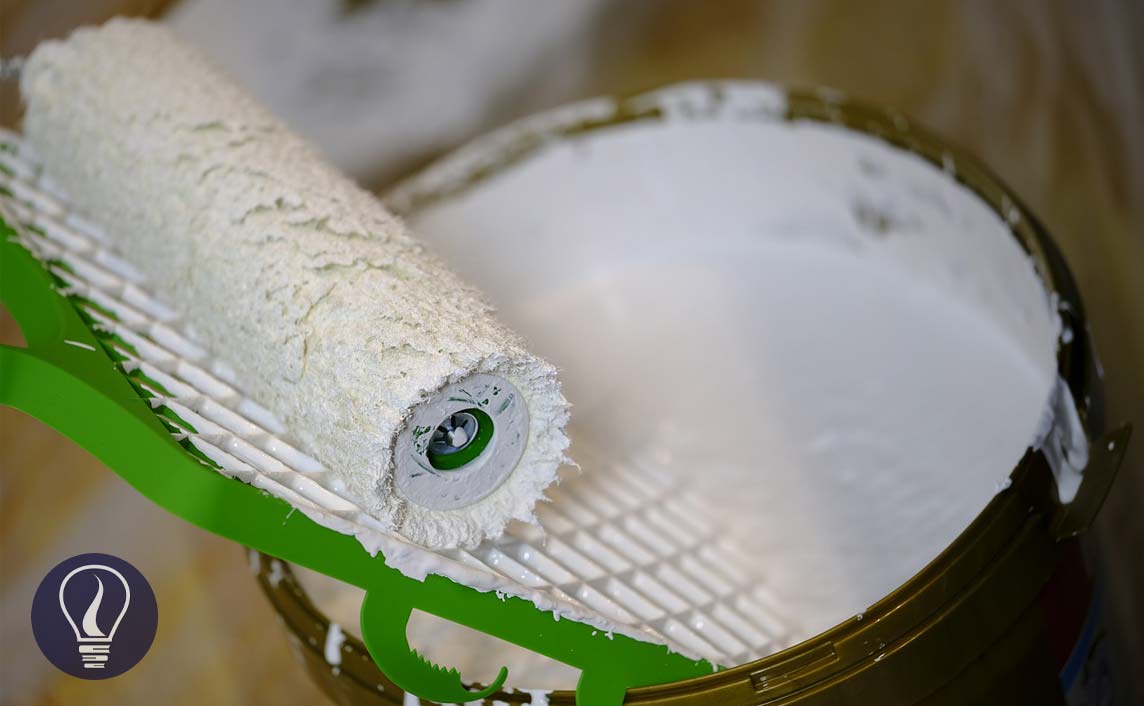More results...


Polymer coatings and paints are liquid phases or powder products that are applied to a surface by various methods in a larger of a given thickness. Paints and coatings have a range of applications in various industries. Some of them are,
There are many ways that can apply a polymer coating to a surface.
Ways of applying polymer coatings are,
Paints and coatings can be classified in different ways like the levels of layers, specific application, emission of volatile components, etc.

A primer is a paint applied directly to a bare substrate. Mostly applied on metal substrates. Primers protect metal substrates from corrosion by preventing the penetration of moisture and air to the metal surface.
They also provide good adhesion for the subsequently applied layer. Primer penetrates the pores of the substrate and makes a uniform coating.
Sealers also have a similar function as a primer, but sealers are mostly applied to wood or cement substrates. Sealers seal off surface pores. They protect the undercoat by preventing the migration of materials from the substrate to the undercoat.
Texture gives a distinct 3D appearance. This is applied over the sealer or primer.
An undercoat is applied to hide minor irregularities on the surface. The undercoat should be compatible with the topcoat and primer or sealer.
Topcoat gives the final appearance in terms of color and finish. Decorative, protective, and other specific functions will be fulfilled by the topcoat. The top layer has hiding power. In other words, the top layer has the ability to hide the substrate. Topcoat protects inner layers from radiation and microorganisms.
Every painting has three major components. These are solvent, film-forming material (binder), and pigments with other additives. The solvent is a volatile component, and it will be evaporated after the paint is applied.
Solvents are used in paints to carry the pigments, binder, and additives. The most common solvent used in paints is water. Water is the major component in emulsion paints. Here, it is used water alone or with some amount of alcohol or ether.
The most common solvents used in paints are.
Film-forming material, pigments, and additives are non-volatile components. After applying and drying the paint only non-volatile components are remaining. Film forming material or a binder is a polymer. The main function of a binder in paint is to bind together particles and hold them on the substrate. Pigments have both decorative and protective properties. Other additives which are added to the paint are as follows.
Pigments, additives, and binders will be discussed in detail in separate articles.

The cover image was created using an image by Bruno /Germany from Pixabay
We are looking for painting our product which are damaged , its orange colour